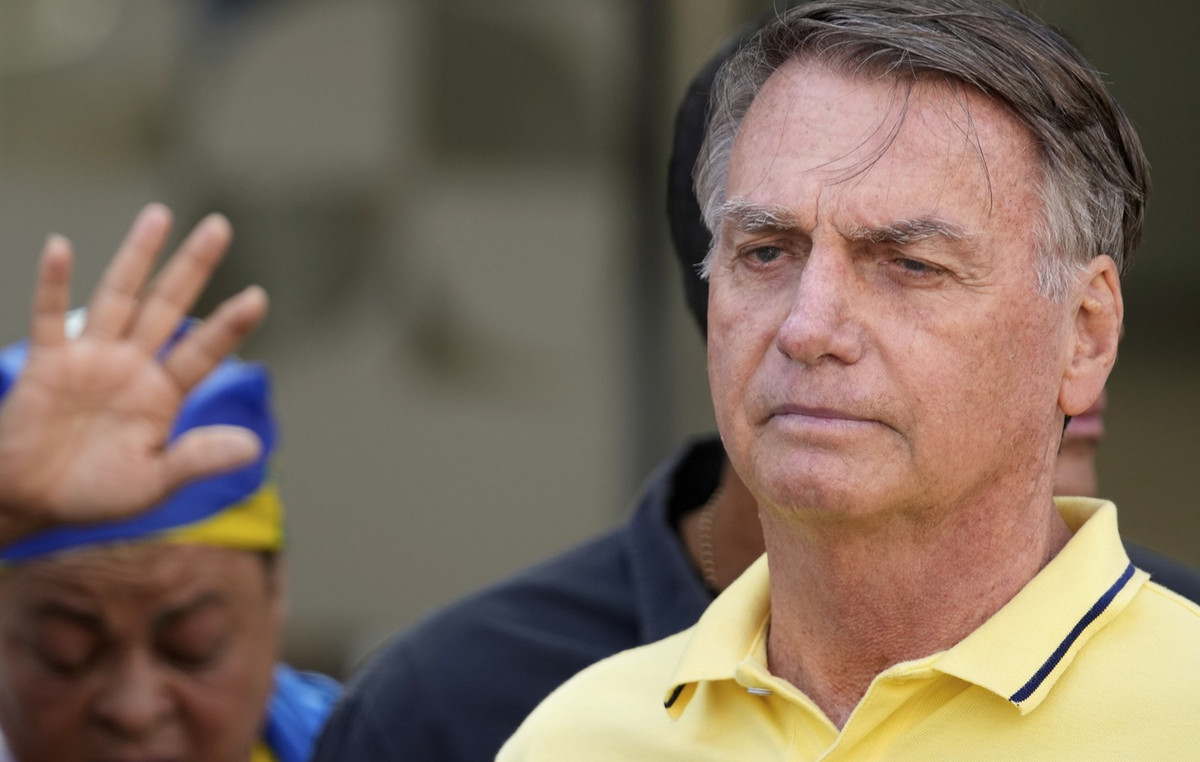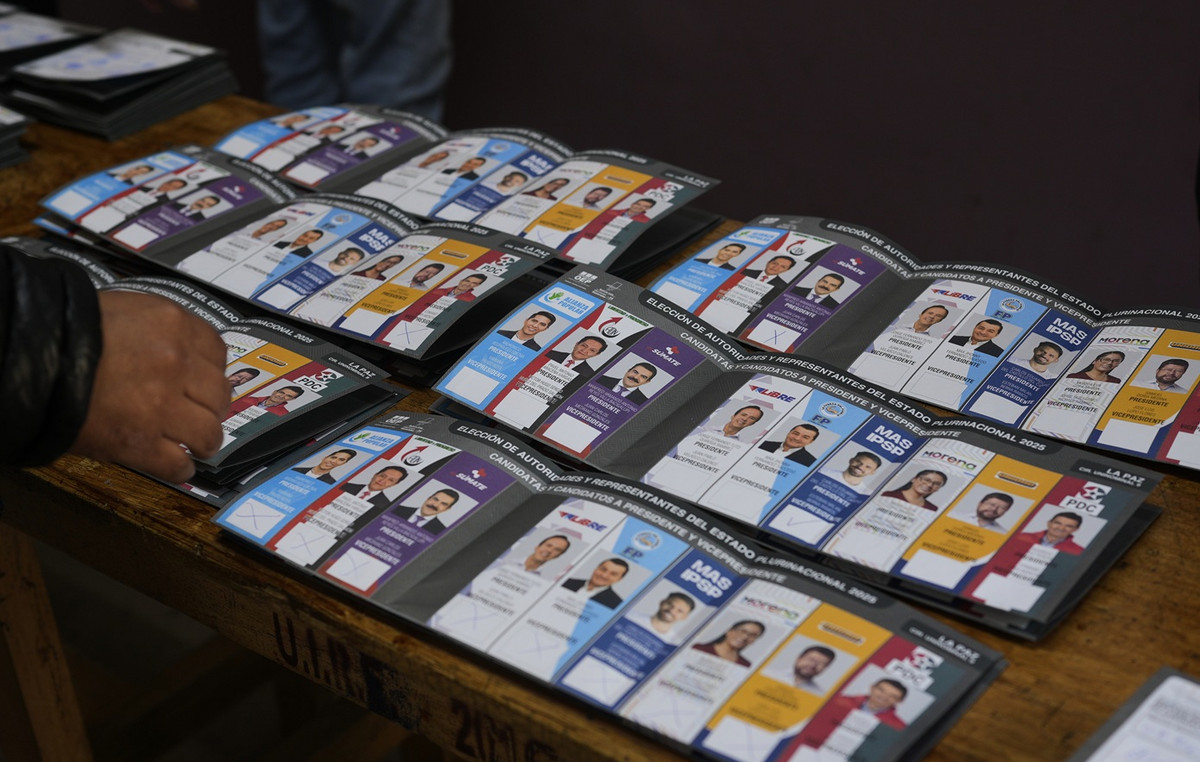Amid inflationary pressures, lower wages, still high unemployment and more expensive credit, Brazilian families have reduced their consumption of goods, which is at a lower level than what was recorded in the pre-pandemic period.
On the other hand, driven especially by the richest, the consumption of services has already returned to the pre-sanitary crisis level.
The information is based on disaggregated data from the GDP Monitor (Gross Domestic Product) of Fundação Getulio Vargas (FGV), obtained by Broadcast, Grupo Estado’s real-time news system.
“High inflation is eroding the purchasing power of families”, pointed out Claudio Considera, coordinator of the Center for National Accounts at Ibre/FGV.
“People are reducing their purchases of non-durables, semi-durables and even durables.”
FGV’s GDP Monitor anticipates the trend for Brazilian economic activity using the same data sources and methodology used by the IBGE, responsible for national accounts.
Considering the seasonally adjusted historical series, that is, which discounts the characteristic effects of certain times of the year on consumer behavior, the consumption of semi-durable goods in January was 12.14% below the level of February 2020, in the pre- pandemic.
The consumption of durable products – which is also dependent on credit – is 10.28% below pre-Covid.
The acquisition of non-durable goods, which includes essential items such as food and medicine, is 3.04% below the pre-pandemic level.
On the other hand, the consumption of services in January was 0.10% above the pre-sanitary crisis.
Unfavorable environment has slowed down the recovery
Data from FGV’s GDP Monitor show that, on average, household consumption dropped 1.3% in January compared to December, 2.86% below the pre-Covid level.
The consumption of services (which now drives the global average of household consumption) took longer to recover, due to restrictions on the operation of establishments and other health measures necessary to contain the spread of the virus.
The consumption of goods has already surpassed pre-pandemic levels, especially in the durable and non-durable categories, driven by factors such as the payment of Emergency Aid by the government, social isolation and the growth of remote work.
But this consumption lost steam in the face of a situation that is currently more unfavorable to the acquisition of goods.
The IPCA (official inflation) accumulated in the 12 months ended in January was 10.38%, rising to 10.54% in February and 11.30% in March, according to the IBGE.
The unemployed population totaled just over 12 million people in the country in the quarter ended in January, practically the same number as in the quarter ended in February.
The real average income of those who remained working was R$2,511 in the quarter through February, 8.8% lower than a year earlier.
no strength
The chief economist at C6 Bank, Felipe Salles, believes that the improvement of the pandemic will allow the maintenance of the recovery in the consumption of services by Brazilian families, but he does not see in this movement a force that is enough to boost the performance of the GDP.
“We are not so optimistic, because there are other impacts that affect household consumption this year, especially income. We have falling unemployment, but still at a high level”, says the economist.
The information is from the newspaper. The State of São Paulo.
Source: CNN Brasil
I am Sophia william, author of World Stock Market. I have a degree in journalism from the University of Missouri and I have worked as a reporter for several news websites. I have a passion for writing and informing people about the latest news and events happening in the world. I strive to be accurate and unbiased in my reporting, and I hope to provide readers with valuable information that they can use to make informed decisions.







